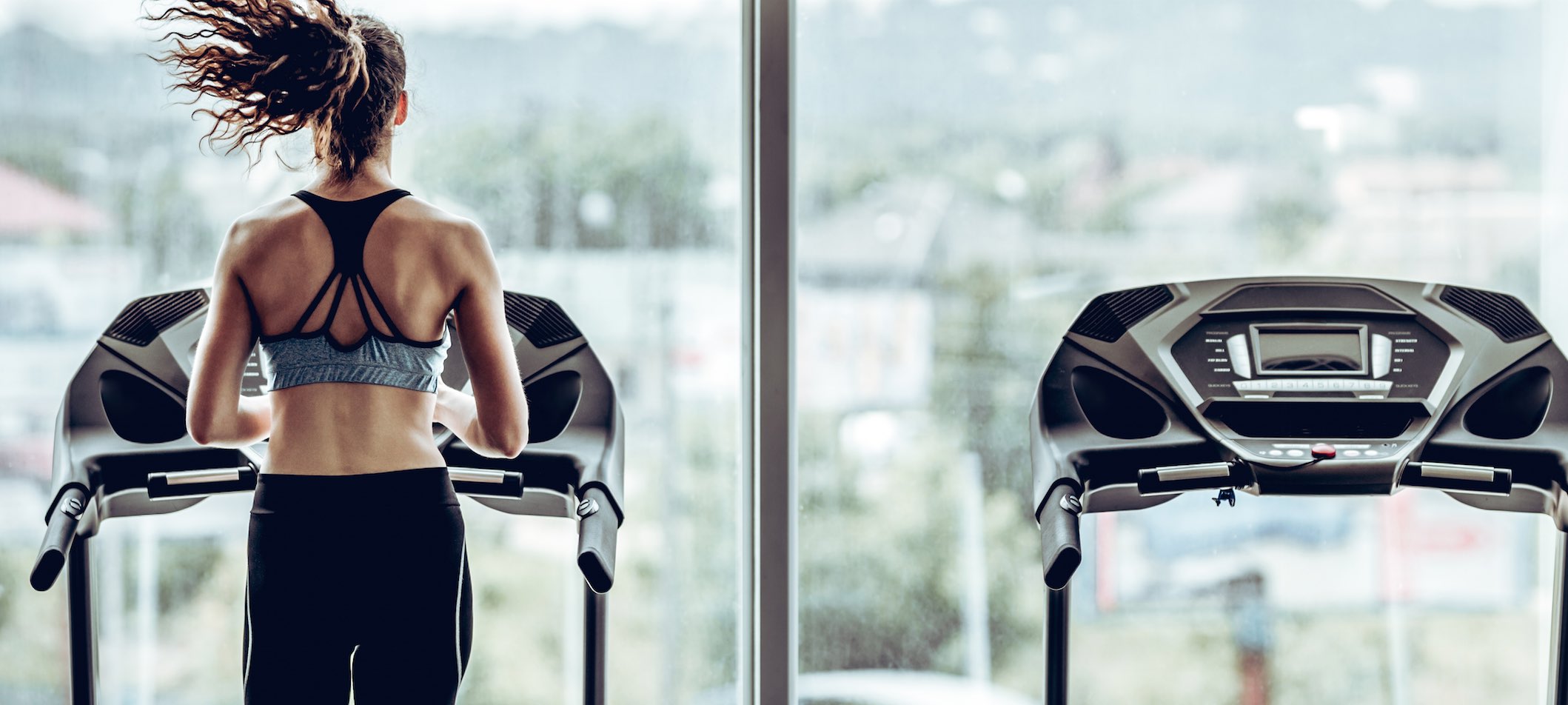
05 Nov How to Manage Exercise Induced Asthma
Across Victoria, the last few months have made exercising a little difficult. Social distancing and isolation has seen many gyms closed, sports cancelled, and outdoor activities brought to a halt. Now that restrictions are beginning to ease, some of us are slowly getting back into our exercise routines.
However, for those who suffer from exercise asthma, exercising is always a little bit difficult. Exercise-induced asthma, now known as exercise-induced bronchoconstriction (EIB), affects 90% of asthma sufferers, as well as some people who don’t regularly suffer from asthma.
Asthma symptoms:
- Wheezing/coughing
- A constricted feeling in the airways
- A feeling of tightness in the chest
- Shortness of breath
However, not all of these symptoms need to be present. For EIB, these symptoms usually occur during exercise, and may even worsen after stopping.
What causes exercise asthma, or EIB?
Exercise causes us to breathe faster and deeper, as the body demands more oxygen. Often when breathing like this, we’ll inhale through the mouth, causing the air to be cooler and dryer than through the nose. This is the main cause for bronchoconstriction. Exercising in cold conditions, as well as areas with high pollen counts, pollution levels, or exposure to strong irritants, can also lead to EIB and asthma symptoms.
1. Preventions/treatments:Medical plan
Most importantly, talk to your doctor about your asthma so you can develop an asthma plan. Your doctor will be able to distinguish the difference between EIB, and just being a bit unfit (don’t worry, it happens to the best of us)! If you’re experiencing asthma symptoms, you should always consult a medical professional to know if there is any medication you should be using, if you should be carrying Ventolin while you exercise, and an action plan for asthma attacks.
2. Cover your nose/mouth
If your EIB is worse in cold air, try covering your nose and mouth with a scarf when exercising outside in winter. Bonus – in this time of social distancing, it’s perfectly common to see face masks on anyone outside!
3. Warm up properly
Make sure you’re doing a proper warm up before you exercise, which can both help your respiratory system adjust to the conditions, and prevent your body from injury and strain. Aim for 6-10 minutes before you move on to anything more strenuous.
4. Salt therapy
A helpful preventative can be regular salt therapy sessions. The pharmaceutical grade salt that is pumped through the air during a salt therapy session can help in relieving asthma symptoms, and lessening the regularity of attacks. The natural anti-inflammatory, anti-histamine and antibacterial properties of the salt may help to increase respiratory and immune function, and is completely safe for babies, kids and adults alike.
5. Be safe.
There is plenty of support for exercising with asthma. Various phone apps can be downloaded to help you check the air quality and pollen count before exercising outside. Make sure you always monitor your symptoms before, during and after exercise. Carry your inhaler with you as needed (seek medical advice first), and always have your mobile phone within reach so you can call for help if required.
6. Don’t stop exercising!
It’s important that all of us get the health benefits of exercise that our bodies require. So don’t let EIB stop you from working out regularly. There are many forms of exercise that are less likely to trigger asthma reactions, such as swimming (especially in warm, humid environments), walking, bike riding, indoor sports, and any sports that require short bursts of energy such as volleyball, baseball, and gymnastics. Remember: before starting any new exercise programs, always check with your doctor.
So get out there and get your body moving. With a few simple precautions, regular salt therapy, and a medical plan in place, exercise is for everybody and every body.

